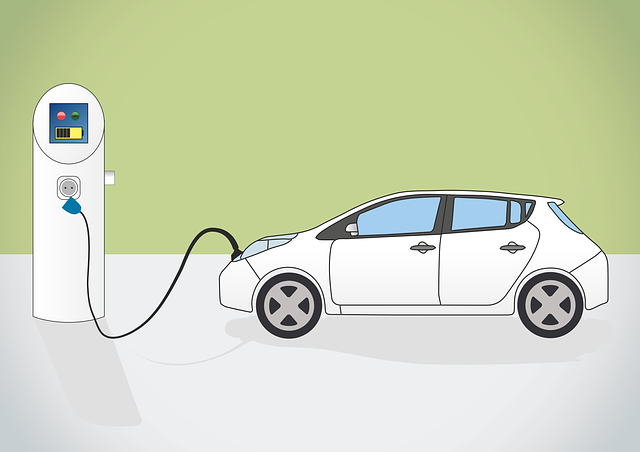- Understanding the Requirements for Car Registration in California
- Gather Necessary Documents for VIN Verification
- The Step-by-Step Process of VIN Verification in California
- Post-Verification: Completing Your Vehicle Registration
- Common Mistakes to Avoid During the California Car Registration Process
Understanding the Requirements for Car Registration in California

In California, registering a car involves several key steps and requirements. Before you begin the process, it’s crucial to understand what’s needed. The state mandates that vehicles must undergo a thorough inspection to ensure they meet safety standards. This includes a Vehicle Identification Number (VIN) verification, which is a critical component of the registration process. A VIN inspection checks the vehicle’s history, ensuring it isn’t stolen and confirming its compliance with emission and safety regulations.
For convenience, many Californians opt for a mobile vin inspection or vin inspection service to streamline the initial verification step. This approach allows you to complete this requirement from the comfort of your home or workplace, simplifying what could otherwise be a time-consuming administrative task.
Gather Necessary Documents for VIN Verification

Before you begin the registration process, it’s crucial to gather all the essential documents for VIN (Vehicle Identification Number) verification. In California, this includes your vehicle’s registration from the previous state, a valid driver’s license, proof of insurance, and the title or proof of ownership. Additionally, you’ll need to provide a completed California Vehicle Registration application form, often referred to as Form DV-1.
For a hassle-free process, consider conducting a mobile vin inspection or vin inspection where a professional will come to your location to verify your vehicle’s VIN and ensure all documents are in order. This saves you the time and effort of visiting a DMV office, especially if you’re registering an out-of-state vehicle or dealing with missing paperwork.
The Step-by-Step Process of VIN Verification in California

In California, VIN (Vehicle Identification Number) verification is a crucial step in the car registration process. Here’s how it works:
1. Obtain Necessary Documents: Start by gathering all required documents, including your vehicle’s registration papers, proof of insurance, and valid driver’s license. You’ll also need the vehicle’s VIN, which can be found on the dashboard or under the steering wheel.
2. Choose a Verification Method: California offers both in-person and online VIN verification options. For added convenience, many people opt for a mobile vin verifier or vin inspection service that comes to their location. This method involves providing your VIN to a professional who will confirm its authenticity and condition through a digital check with the DMV (Department of Motor Vehicles). If you choose to do it yourself, visit a California DMV office or use an online platform approved by the state to conduct the vin verification.
Post-Verification: Completing Your Vehicle Registration

Common Mistakes to Avoid During the California Car Registration Process

During the California car registration process, there are several common mistakes that individuals often make. One of the most critical is failing to perform a VIN (Vehicle Identification Number) verification. This crucial step ensures the vehicle’s history and authenticity, which is essential for safety and legal compliance. Many owners overlook this initial check, sometimes relying on outdated records or assuming their car has a clean record, only to discover issues later.
Another frequent blunder is attempting to register without a valid title. Owning a vehicle legally requires a clear title, and attempting to skip this requirement can lead to delays or even legal complications. Additionally, using an outdated or incorrect application form, not gathering all necessary documents, or submitting incomplete information are common pitfalls that can cause unnecessary delays in the registration process. With the option of mobile VIN verifiers, it’s easier than ever to conduct a swift and accurate check, ensuring you start the registration with all the right steps and paperwork.
Registering a car in California involves several steps, but with the right preparation and understanding of the process, it can be accomplished efficiently. After gathering all necessary documents and completing the VIN (Vehicle Identification Number) verification, you’ll be on your way to legalizing your vehicle. Remember to double-check requirements and avoid common mistakes to ensure a smooth registration experience. The process is designed to maintain safety standards and identify vehicles on California’s roads, making it crucial for both new and existing car owners.
